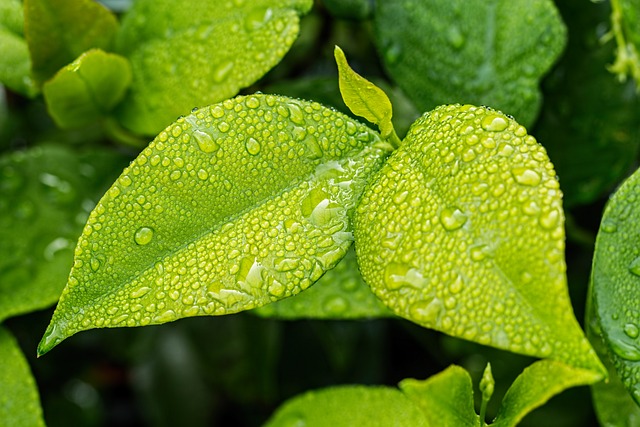
The frequency of watering your trees during the Texas summer depends on various factors, including the type of tree, soil type, weather conditions, and the age of the trees. Generally, Texas summers can be hot and dry, so it’s important to provide adequate water to your trees to ensure their health. Here are some guidelines:
1. **Newly Planted Trees (1st Year):** Young trees have smaller root systems and are more vulnerable to drought stress. Water newly planted trees deeply and consistently. They may need watering every 2-3 days, especially during the hottest months.
2. **Established Trees (2nd Year and Beyond):** Once trees have established their root systems, they can tolerate periods of dryness better. However, during Texas summers, it’s still important to water deeply and less frequently. Watering every 1-2 weeks should be sufficient for most established trees.
3. **Soil Type:** The type of soil in your area can influence watering frequency. Sandy soils drain quickly and may require more frequent watering, while clay soils retain moisture better and may need less frequent watering.
4. **Tree Type:** Different tree species have varying water requirements. Native trees that are adapted to the local climate generally need less water than non-native species.
5. **Weather Conditions:** If there is a drought or an extended period of high temperatures, you may need to water more frequently. On the other hand, if there is a lot of rainfall, you might need to reduce watering.
6. **Mulching:** Apply a layer of organic mulch around the base of your trees. Mulch helps retain soil moisture, suppress weeds, and regulate soil temperature, reducing the need for frequent watering.
7. **Deep Watering:** When you water, do so deeply and slowly. This encourages the roots to grow deeper into the soil, making the tree more resilient to drought.
8. **Morning Watering:** Water your trees early in the morning to reduce water loss due to evaporation and to allow the leaves and soil to dry during the day, which can help prevent diseases.
9. **Signs of Overwatering/Underwatering:** Monitor your trees for signs of stress. Overwatering can lead to root rot and other issues, while underwatering can result in wilting, leaf drop, and overall decline.
It’s important to note that these are general guidelines, and you should always observe your trees and adjust your watering schedule based on their specific needs. If you’re unsure about the water needs of a particular tree species, consider consulting with Speedy Tree Services, who has knowledge of the specific conditions in our local area!
